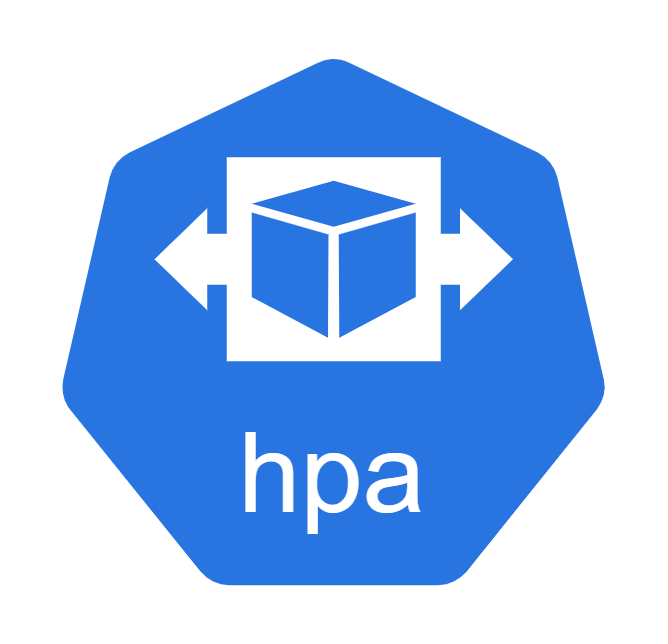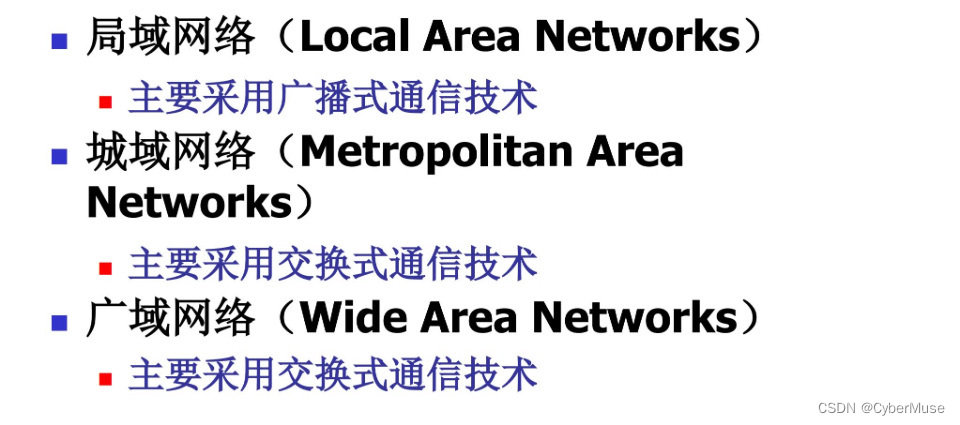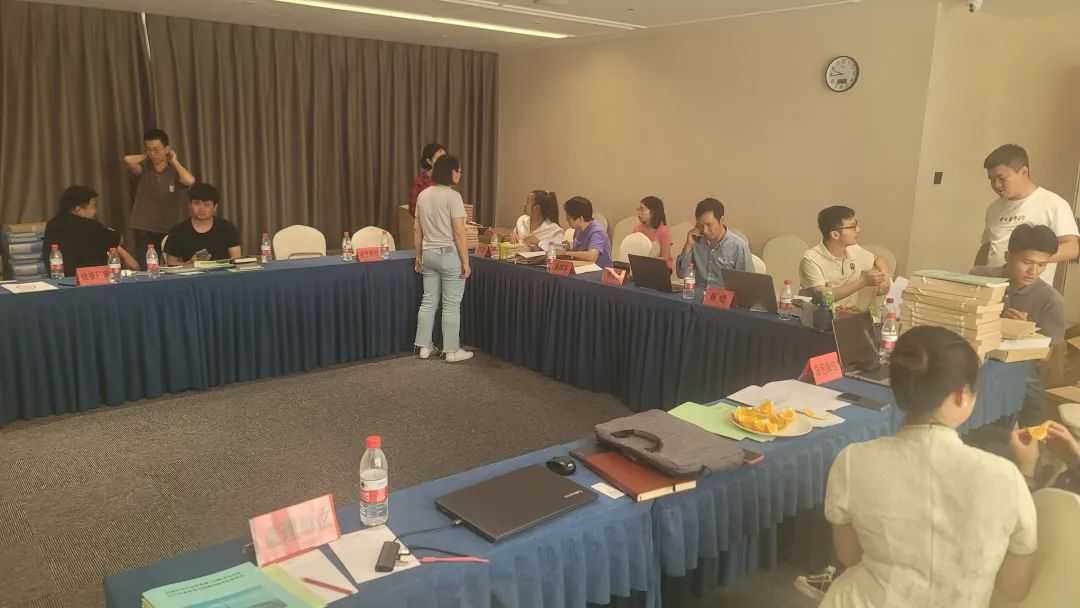主要内容如下:
1、Visdrone2019数据集介绍
2、下载、制作YOLO格式训练集
3、模型训练及预测
4、Onnxruntime推理
运行环境:Python=3.8(要求>=3.8),torch1.12.0+cu113(要求>=1.8),onnxruntime-gpu==1.12.0
原始数据集百度AI stduio下载链接:https://aistudio.baidu.com/datasetdetail/115729
Visdrone-YOLO格式数据集下载链接:https://aistudio.baidu.com/datasetdetail/295374
训练资源占用:bacth=16,workers=8,yolov8s显存需16G,bacth=8的话8G够用,RTX4080大约1min一个epoch。
往期内容:
【超详细】跑通YOLOv8之深度学习环境配置1-Anaconda安装
【超详细】跑通YOLOv8之深度学习环境配置2-CUDA安装
【超详细】跑通YOLOv8之深度学习环境配置3-YOLOv8安装
【超详细】基于YOLOv8的PCB缺陷检测
【超详细】基于YOLOv8改进1-Drone-YOLO复现
1 数据集介绍
1.1 简介
VisDrone数据集是由天津大学等团队开源的一个大型无人机视角的数据集,官方提供的数据中训练集是6471、验证集是548、测试集1610张。数据集共提供了以下12个类,分别是:‘忽略区域’, ‘pedestrian’, ‘people’, ‘bicycle’, ‘car’, ‘van’,‘truck’, ‘tricycle’, ‘awning-tricycle’, ‘bus’, ‘motor’, ‘others’,其中忽略区域、others是非有效目标区域,本项目中予以忽略;
1.2 示例

1.3 标签格式

**标签含义:**
1. 边界框左上角的x坐标
2. 边界框左上角的y坐标
3. 边界框的宽度
4. 边界框的高度
5. GROUNDTRUTH文件中的分数设置为1或0。1表示在计算中考虑边界框,而0表示将忽略边界框。
6. 类别:忽略区域(0)、行人(1)、人(2)、自行车(3)、汽车(4)、面包车(5)、卡车(6)、三轮车(7)、雨篷三轮车(8)、公共汽车(9)、摩托车(10),其他(11)。
7. GROUNDTRUTH文件中的得分表示对象部分出现在帧外的程度(即,无截断=0(截断比率0%),部分截断=1(截断比率1%°´50%))。
8. GROUNDTRUTH文件中的分数表示被遮挡的对象的分数(即,无遮挡=0(遮挡比率0%),部分遮挡=1(遮挡比率1%°´50%),重度遮挡=2(遮挡率50%~100%))。
2 下载和制作YOLO格式数据集
2.1 下载原始数据集
百度AI stduio下载链接:https://aistudio.baidu.com/datasetdetail/115729
注意:可直接下载已完成转换的YOLO格式数据进行训练,可跳过该阶段,直接训练!链接为:https://aistudio.baidu.com/datasetdetail/295374

下载解压:

注意:由于格式不是YOLO直接可以训练的格式,所以需进行转换!!!
2.2 制作YOLO格式数据集
(1)新建visdrone2yolo.py脚本,脚本内容如下:
(2)修改路径参数–dir_path的值,即自己下载路径;
(2)结果会在原始每个文件夹下生成一个label文件夹,即YOLO格式标签;
import os
from pathlib import Path
import argparse
def visdrone2yolo(dir):
from PIL import Image
from tqdm import tqdm
def convert_box(size, box):
# Convert VisDrone box to YOLO xywh box
dw = 1. / size[0]
dh = 1. / size[1]
return (box[0] + box[2] / 2) * dw, (box[1] + box[3] / 2) * dh, box[2] * dw, box[3] * dh
(dir / 'labels').mkdir(parents=True, exist_ok=True) # make labels directory
pbar = tqdm((dir / 'annotations').glob('*.txt'), desc=f'Converting {dir}')
for f in pbar:
img_size = Image.open((dir / 'images' / f.name).with_suffix('.jpg')).size
lines = []
with open(f, 'r') as file: # read annotation.txt
for row in [x.split(',') for x in file.read().strip().splitlines()]:
if row[4] == '0': # VisDrone 'ignored regions' class 0
continue
cls = int(row[5]) - 1 # 类别号-1
box = convert_box(img_size, tuple(map(int, row[:4])))
lines.append(f"{cls} {' '.join(f'{x:.6f}' for x in box)}\n")
with open(str(f).replace(os.sep + 'annotations' + os.sep, os.sep + 'labels' + os.sep), 'w') as fl:
fl.writelines(lines) # write label.txt
if __name__ == '__main__':
# Create an argument parser to handle command-line arguments
parser = argparse.ArgumentParser()
parser.add_argument('--dir_path', type=str, default=r'E:\datasets\visdrone2019', help='visdrone数据集路径')
args = parser.parse_args()
dir = Path(args.dir_path)
# Convert
for d in 'VisDrone2019-DET-train', 'VisDrone2019-DET-val', 'VisDrone2019-DET-test-dev':
visdrone2yolo(dir / d) # convert VisDrone annotations to YOLO labels
3 模型训练及预测
3.1 模型训练
3.1.1 修改数据集配置文件
文件路径:ultralytics-main\ultralytics\cfg\datasets\VisDrone.yaml

3.1.2 创建模型训练脚本
(1)训练方式1-脚本训练
在ultralytics-main目录新建一个train.py脚本,内容如下:
注意:如爆显存,降低batch大小!!!
【如下配置显存需16G,bacth=8的话8G够用,RTX4080大约1min一个epoch】
from ultralytics import YOLO
if __name__ == '__main__':
# Load a model
# model = YOLO("yolov8n.yaml") # build a new model from scratch
model = YOLO("yolov8s.pt") # load a pretrained model (recommended for training)
# Use the model
model.train(data="VisDrone.yaml", imgsz=640, batch=16, workers=8, cache=True, epochs=100) # train the model
metrics = model.val() # evaluate model performance on the validation set
# results = model("ultralytics\\assets\\bus.jpg") # predict on an image
path = model.export(format="onnx", opset=13) # export the model to ONNX format
(2)训练方式2-终端命令行
cd ../ultralytics-main
yolo task=detect mode=train model=yolov8s.pt data=ultralytics/cfg/datasets/VisDrone.yaml batch=16 epochs=100 imgsz=640 workers=8 cache=True device=0
3.1.3 数据分布情况可视化
特点:类别不均衡、小目标较多(640*640输入精度不会太高,可提高输入分辨率,如1280、1536等)。

3.1.4 训练结果可视化
训练100epoch结果如下,增加epoch还能提升。

3.2 模型预测
在ultralytics-main目录新建一个predict.py脚本,内容如下:
from ultralytics import YOLO
if __name__ == '__main__':
# Load a model
model = YOLO(r"E:\Code\ultralytics-main\runs\detect\train\weights\best.pt") # load model
model.predict(source=r"E:\datasets\visdrone2019\VisDrone2019-DET-test-dev\images\0000006_01111_d_0000003.jpg", save=True, save_conf=True, save_txt=True, name='output')
结果如下:

4 Onnxruntime推理
在ultralytics-main目录新建一个onnx_infer.py脚本,内容如下:
注意:如导出动态onnx,model.export(format=“onnx”, opset=13, dynamic=True)
import argparse
import time
import cv2
import numpy as np
import onnxruntime as ort # 使用onnxruntime推理用上,pip install onnxruntime-gpu==1.12.0 -i https://pypi.tuna.tsinghua.edu.cn/simple,默认安装CPU
import os
os.environ['CUDA_VISIBLE_DEVICES'] = '0'
class YOLOv8:
"""YOLOv8 object detection model class for handling inference and visualization."""
def __init__(self, onnx_model, imgsz=(640, 640)):
"""
Initialization.
Args:
onnx_model (str): Path to the ONNX model.
"""
# 构建onnxruntime推理引擎
self.ort_session = ort.InferenceSession(onnx_model,
providers=['CUDAExecutionProvider', 'CPUExecutionProvider']
if ort.get_device() == 'GPU' else ['CPUExecutionProvider'])
print(ort.get_device())
# Numpy dtype: support both FP32 and FP16 onnx model
self.ndtype = np.half if self.ort_session.get_inputs()[0].type == 'tensor(float16)' else np.single
self.model_height, self.model_width = imgsz[0], imgsz[1] # 图像resize大小
def __call__(self, im0, conf_threshold=0.4, iou_threshold=0.45):
"""
The whole pipeline: pre-process -> inference -> post-process.
Args:
im0 (Numpy.ndarray): original input image.
conf_threshold (float): confidence threshold for filtering predictions.
iou_threshold (float): iou threshold for NMS.
Returns:
boxes (List): list of bounding boxes.
"""
# 前处理Pre-process
t1 = time.time()
im, ratio, (pad_w, pad_h) = self.preprocess(im0)
pre_time = round(time.time() - t1, 3)
# print('det预处理时间:{:.3f}s'.format(time.time() - t1))
# 推理 inference
t2 = time.time()
preds = self.ort_session.run(None, {self.ort_session.get_inputs()[0].name: im})[0]
# print('det推理时间:{:.2f}s'.format(time.time() - t2))
det_time = round(time.time() - t2, 3)
# 后处理Post-process
t3 = time.time()
boxes = self.postprocess(preds,
im0=im0,
ratio=ratio,
pad_w=pad_w,
pad_h=pad_h,
conf_threshold=conf_threshold,
iou_threshold=iou_threshold,
)
# print('det后处理时间:{:.3f}s'.format(time.time() - t3))
post_time = round(time.time() - t3, 3)
return boxes, (pre_time, det_time, post_time)
# 前处理,包括:resize, pad, HWC to CHW,BGR to RGB,归一化,增加维度CHW -> BCHW
def preprocess(self, img):
"""
Pre-processes the input image.
Args:
img (Numpy.ndarray): image about to be processed.
Returns:
img_process (Numpy.ndarray): image preprocessed for inference.
ratio (tuple): width, height ratios in letterbox.
pad_w (float): width padding in letterbox.
pad_h (float): height padding in letterbox.
"""
# Resize and pad input image using letterbox() (Borrowed from Ultralytics)
shape = img.shape[:2] # original image shape
new_shape = (self.model_height, self.model_width)
r = min(new_shape[0] / shape[0], new_shape[1] / shape[1])
ratio = r, r
new_unpad = int(round(shape[1] * r)), int(round(shape[0] * r))
pad_w, pad_h = (new_shape[1] - new_unpad[0]) / 2, (new_shape[0] - new_unpad[1]) / 2 # wh padding
if shape[::-1] != new_unpad: # resize
img = cv2.resize(img, new_unpad, interpolation=cv2.INTER_LINEAR)
top, bottom = int(round(pad_h - 0.1)), int(round(pad_h + 0.1))
left, right = int(round(pad_w - 0.1)), int(round(pad_w + 0.1))
img = cv2.copyMakeBorder(img, top, bottom, left, right, cv2.BORDER_CONSTANT, value=(114, 114, 114)) # 填充
# Transforms: HWC to CHW -> BGR to RGB -> div(255) -> contiguous -> add axis(optional)
img = np.ascontiguousarray(np.einsum('HWC->CHW', img)[::-1], dtype=self.ndtype) / 255.0
img_process = img[None] if len(img.shape) == 3 else img
return img_process, ratio, (pad_w, pad_h)
# 后处理,包括:阈值过滤与NMS
def postprocess(self, preds, im0, ratio, pad_w, pad_h, conf_threshold, iou_threshold):
"""
Post-process the prediction.
Args:
preds (Numpy.ndarray): predictions come from ort.session.run().
im0 (Numpy.ndarray): [h, w, c] original input image.
ratio (tuple): width, height ratios in letterbox.
pad_w (float): width padding in letterbox.
pad_h (float): height padding in letterbox.
conf_threshold (float): conf threshold.
iou_threshold (float): iou threshold.
Returns:
boxes (List): list of bounding boxes.
"""
x = preds # outputs: predictions (1, 84, 8400)
# Transpose the first output: (Batch_size, xywh_conf_cls, Num_anchors) -> (Batch_size, Num_anchors, xywh_conf_cls)
x = np.einsum('bcn->bnc', x) # (1, 8400, 84)
# Predictions filtering by conf-threshold
x = x[np.amax(x[..., 4:], axis=-1) > conf_threshold]
# Create a new matrix which merge these(box, score, cls) into one
# For more details about `numpy.c_()`: https://numpy.org/doc/1.26/reference/generated/numpy.c_.html
x = np.c_[x[..., :4], np.amax(x[..., 4:], axis=-1), np.argmax(x[..., 4:], axis=-1)]
# NMS filtering
# 经过NMS后的值, np.array([[x, y, w, h, conf, cls], ...]), shape=(-1, 4 + 1 + 1)
x = x[cv2.dnn.NMSBoxes(x[:, :4], x[:, 4], conf_threshold, iou_threshold)]
# 重新缩放边界框,为画图做准备
if len(x) > 0:
# Bounding boxes format change: cxcywh -> xyxy
x[..., [0, 1]] -= x[..., [2, 3]] / 2
x[..., [2, 3]] += x[..., [0, 1]]
# Rescales bounding boxes from model shape(model_height, model_width) to the shape of original image
x[..., :4] -= [pad_w, pad_h, pad_w, pad_h]
x[..., :4] /= min(ratio)
# Bounding boxes boundary clamp
x[..., [0, 2]] = x[:, [0, 2]].clip(0, im0.shape[1])
x[..., [1, 3]] = x[:, [1, 3]].clip(0, im0.shape[0])
return x[..., :6] # boxes
else:
return []
if __name__ == '__main__':
# Create an argument parser to handle command-line arguments
parser = argparse.ArgumentParser()
parser.add_argument('--det_model', type=str, default=r"E:\Code\ultralytics-main\runs\detect\train\weights\best.onnx", help='Path to ONNX model')
parser.add_argument('--source', type=str, default=str(r'E:\datasets\visdrone2019\VisDrone2019-DET-test-dev\images'), help='Path to input image')
parser.add_argument('--out_path', type=str, default=str(r'E:\Code\ultralytics-main\runs/res'), help='结果保存文件夹')
parser.add_argument('--imgsz_det', type=tuple, default=(640, 640), help='Image input size')
parser.add_argument('--classes', type=list, default=['pedestrian', 'people', 'bicycle', 'car', 'van', 'truck', 'tricycle',
'awning-tricycle', 'bus', 'motor'], help='类别')
parser.add_argument('--conf', type=float, default=0.25, help='Confidence threshold')
parser.add_argument('--iou', type=float, default=0.6, help='NMS IoU threshold')
args = parser.parse_args()
if not os.path.exists(args.out_path):
os.mkdir(args.out_path)
print('开始运行:')
# Build model
det_model = YOLOv8(args.det_model, args.imgsz_det)
color_palette = np.random.uniform(0, 255, size=(len(args.classes), 3)) # 为每个类别生成调色板
for i, img_name in enumerate(os.listdir(args.source)):
try:
t1 = time.time()
# Read image by OpenCV
img = cv2.imread(os.path.join(args.source, img_name))
# 检测Inference
boxes, (pre_time, det_time, post_time) = det_model(img, conf_threshold=args.conf, iou_threshold=args.iou)
print('{}/{} ==>总耗时间: {:.3f}s, 其中, 预处理: {:.3f}s, 推理: {:.3f}s, 后处理: {:.3f}s, 识别{}个目标'.format(i+1, len(os.listdir(args.source)), time.time() - t1, pre_time, det_time, post_time, len(boxes)))
for (*box, conf, cls_) in boxes:
cv2.rectangle(img, (int(box[0]), int(box[1])), (int(box[2]), int(box[3])),
color_palette[int(cls_)], 2, cv2.LINE_AA)
cv2.putText(img, f'{args.classes[int(cls_)]}: {conf:.3f}', (int(box[0]), int(box[1] - 9)),
cv2.FONT_HERSHEY_SIMPLEX, 1, (0, 0, 255), 2, cv2.LINE_AA)
cv2.imwrite(os.path.join(args.out_path, img_name), img)
except Exception as e:
print(e)
资源占用:显存不到2G,RTX4080推理耗时20几毫秒。

结果可视化如下:

![[Python]一、Python基础编程(2)](https://i-blog.csdnimg.cn/direct/c074f9e8d9674c2e93ce791b9f02d482.png)

![[PICO VR]Unity如何往PICO VR眼镜里写持久化数据txt/json文本](https://i-blog.csdnimg.cn/direct/b11d7ed2d1f94ea79daf1eb8c2377184.png)
















